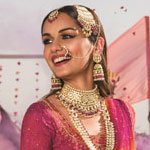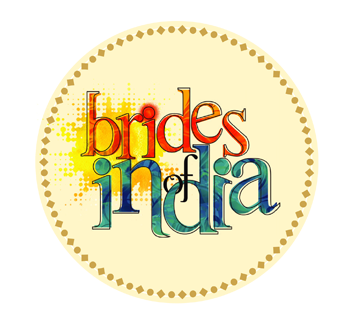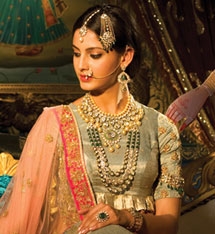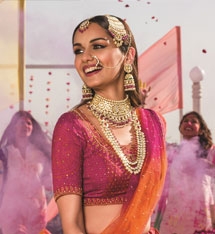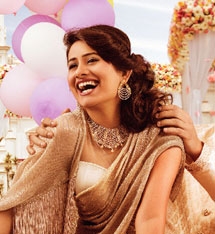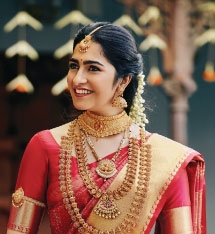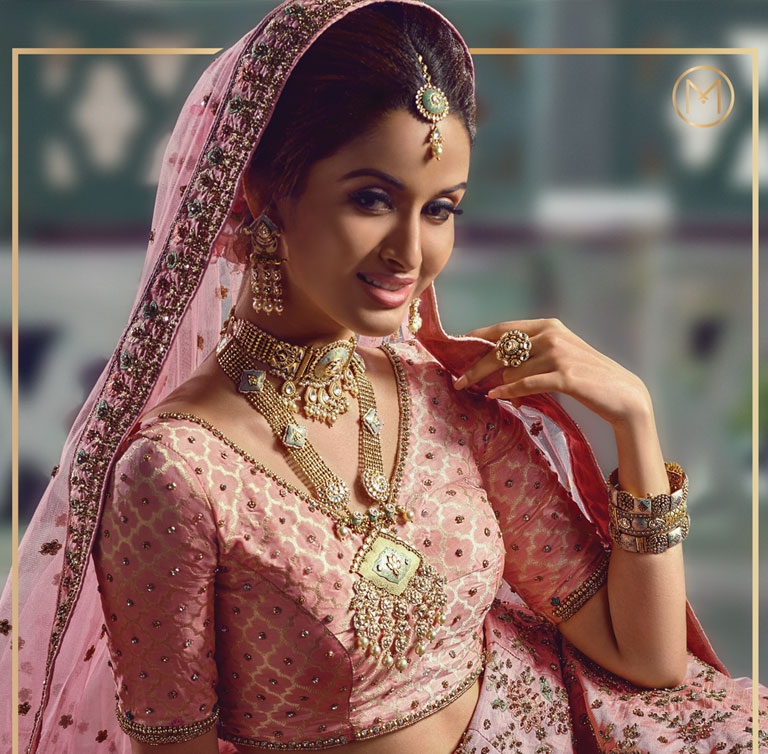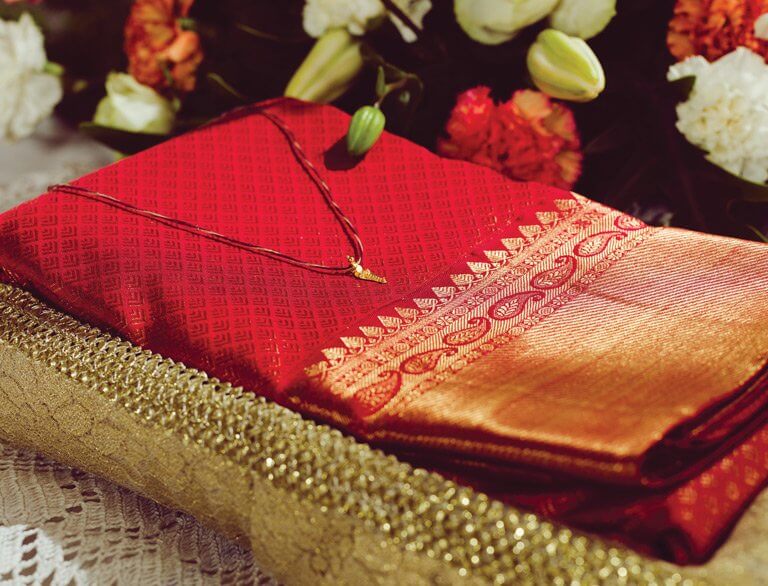-
Home2023 EditionEditionEditionCelebration brideCelebration BrideRoyal bride6Fashion brideFashion Bride
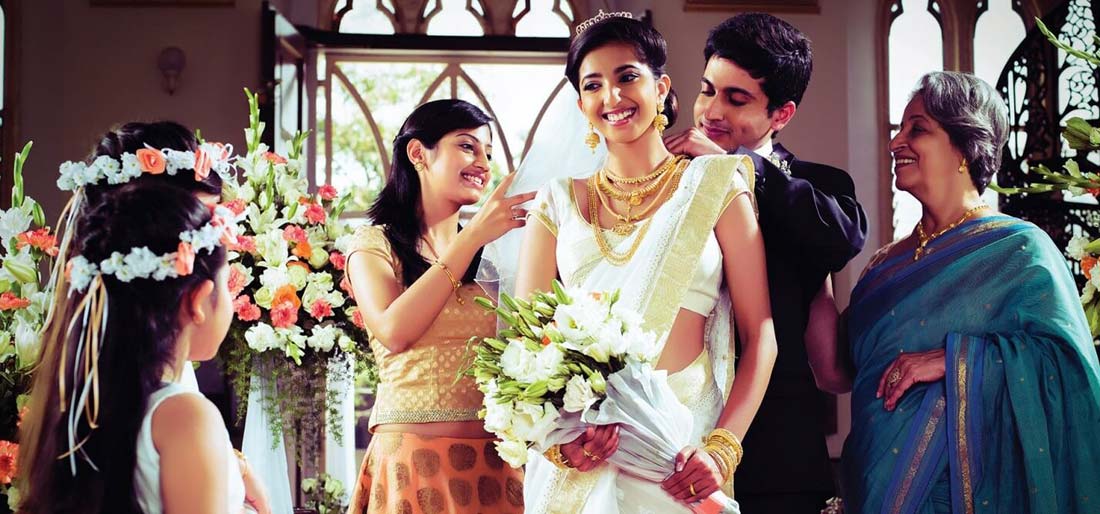
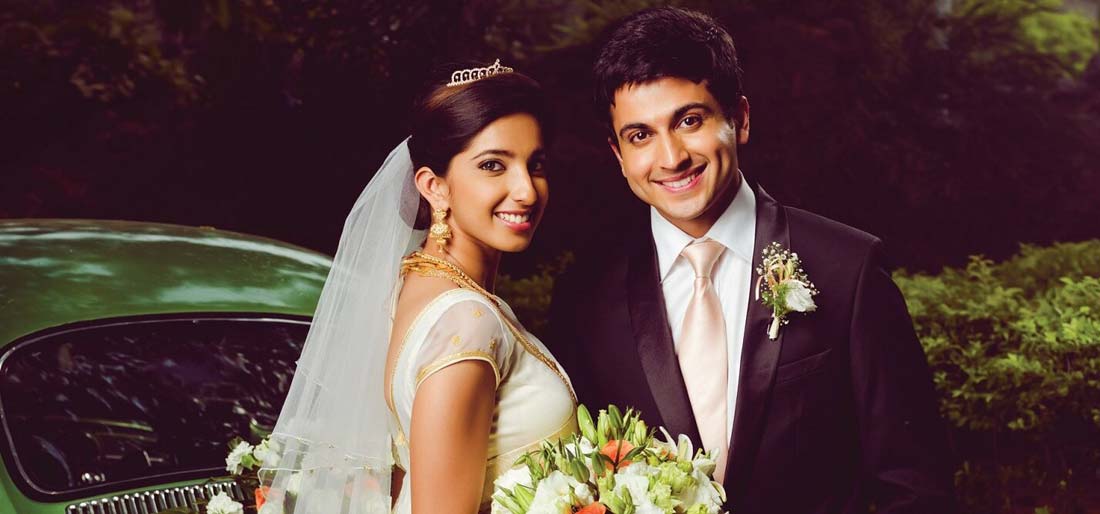
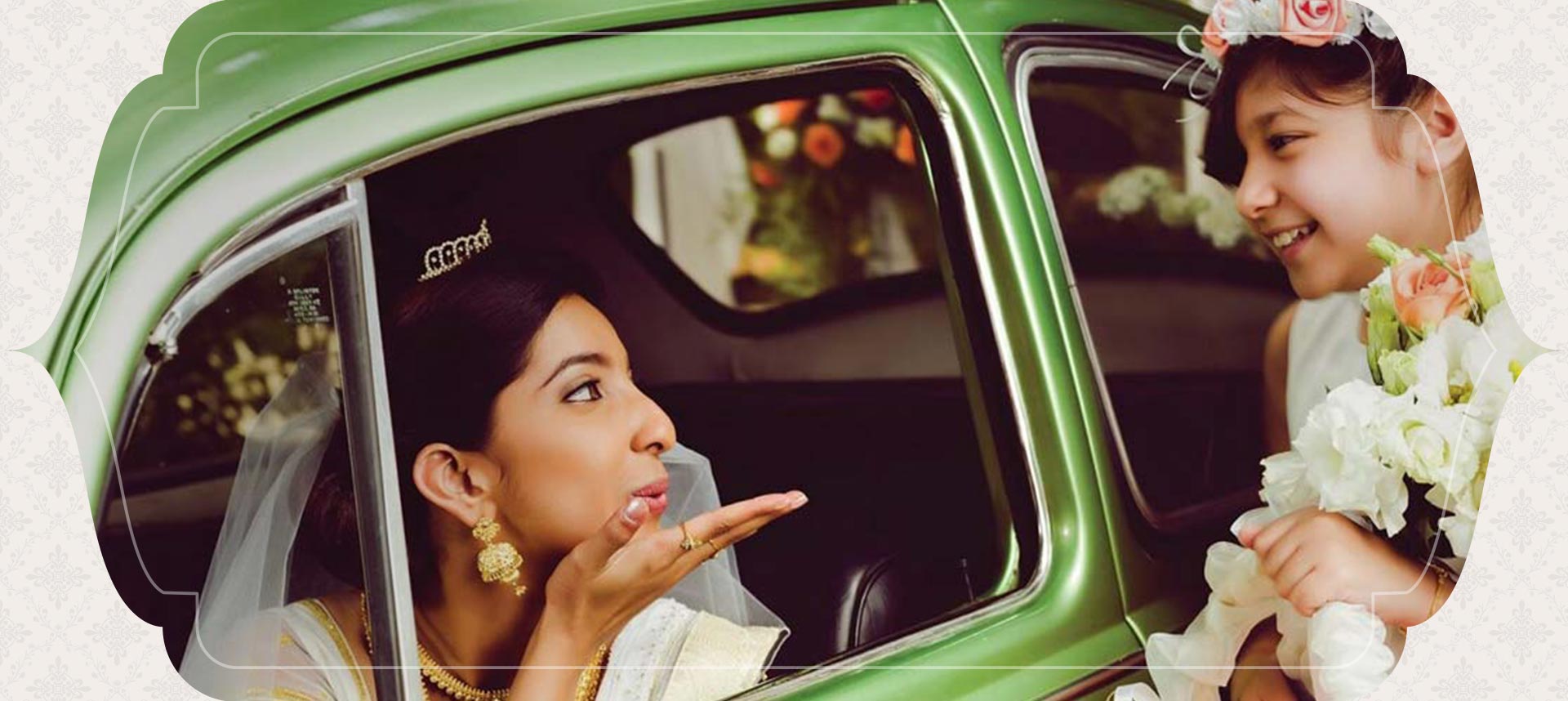
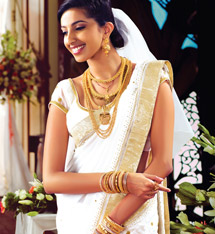
Kerala Christian
- HOME
- South Indian Bride
- Kerala Christian
BackRituals
Rituals of Kerala Christian Wedding
The origins of Christianity date back to 52 AD when St. Thomas Apostle arrived in Kerala. He was one of the twelve original disciples of the Christ. The Catholic sect in Kerala composes about 12% of the total population of the state. The weddings conducted in this community are church weddings but bride wears a beautiful golden border white saree with astoundingly beautiful jewellery pieces. Pioneers in many fields, the Kerala Christians present a delightful blend of Western customs combined with eastern Asian roots. Of all types of Kerala Christian weddings, the catholic wedding ceremony is the most earnest ceremony where imperativeness is not given to celebration but to worship. There are no frivolous celebrations and the all the wedding ceremonies focus on worshipping.
Following are the major wedding ceremonies that encompass a Kerala Christian Wedding:
Aachaarakalyanam
The Aachaarakalyanam is a traditional ceremony that has been practiced over generations and it initiates the wedding rituals. This ritual carries a lot of similarity to the wedding rituals conducted by other communities in India keeping the spirit of unity in India throbbing and alive. Aachaarakalyanam is an event in which elders from the family of the bride visit the family of the groom to fix the date for the wedding.
Manasamatham or the betrothal After the date for the wedding is fixed, the next significant event is Manasamatham. In this ritual, both the families of bride and the groom gather at the church of the bride. Here, the priest carries out the confirmation that whether the wedding between the bride and the groom is acceptable to the concerned families in the manifestation and presence of two witnesses. As per traditions, the exchange of rings was not a part of this ceremony but gradually it has become an important ritual of the bethothal ceremony. This ceremony is ended with a grand feast.
Wedding
On the day of the wedding, two rituals are performed individually at bride’s and groom’s home after which they step out to proceed to the church. Thee rituals include sthuthi cholluka which is a prayer session and gurudakhsna where both bride and the groom seek blessings from the elder members of the family.
The wedding ceremonies are conducted at the church. To welcome the bride, groom and their families little girls carrying flowers walk first through the church aisle and then the other people enter the church. To symbolize wellbeing and prosperity, families bring baskets containing flowers and fruits in the church.
Then, the groom and the bride present themselves before the altar. The family members of bride and grrom stand right behind them, and then behind them relatives stand in the church. In order to begin the ceremony, the bride and the groom light a lamp placed in front of the altar together. The priest then takes the charge of the wedding and reads aloud the verses from the bible, sometimes which are chosen beforehand by the bride and the groom. Priest speaks about the significance of marriages and their sanctity. As both bride and the groom agree to be the man and the wife, all the families, guests and the bride & the groom proceed for the next ritual.
Minnukettu This is one of the most imperative rituals in a Kerala Christian Wedding. The bride ties a thaali on her neck. These thaali is known as minnu. It is hanged on a string which is made from the seven threads that are taken from mantrakodi. Later, this string is replaced by a gold chain and the priest blesses the mantrakodi which is mostly a light colored or cream saari, and then priest gives this mantrakodi to the bridegroom. He puts this saari over the bride’s head, and priest again gives his blessings to the mantrakodi before putting it around the neck of the bride. At the end of this wedding ceremony, the couple signs their names in the register along with two witness’s signatures. With this, the marriage gets officially registered and the bride changes her costume to wear the mantrakodi.
Since, the wedding focuses on worship and not on celebration, the music is generally not a part of the wedding ceremony. But, delicate hymns, a small church choir and religious songs make the wedding a tranquil experience. Throughout the wedding ceremony, the entire congregation present in the church stands up with the couple and the women folk present in the ceremony cover their heads with the pallu (the edge of the saree). After the minnukettu ceremony, the priest dips the holy bread pieces in the wine and gives it to the bride, groom and the rest of the family. After this guests proceed for the grand feast. The reception for the newlywed couple is also arranged where grand celebration takes place at a different venue. This reception is the first celebration of the bride and the groom as a couple. The family, congregation, the community and the friends join in all the festivities sharing the good fortune and blessings.Useful Links Scheme Payment(India only)
Make an Appointment Build your Custom Jewellery Smart Buy Offers New Arrivals Exclusive CollectionCustomer ServiceMalabar Gold & Diamonds
402, Valecha Chambers, Plot No. B-6,
New Link Road, Opp. Infinity Mall,
Andheri (W) ,
Mumbai - 400053. +91 22 62300916 care.in@malabargoldanddiamonds.com

